Intersect new features

Faster and more stable geomechanical coupled simulations for carbon storage and more!
A new direct coupling workflow for carbon storage and geomechanics simulations is now available using Intersect simulator and Visage™ finite-element geomechanics simulator.
It can now process models up to 15-times faster in models tested, is more stable, and can handle models that were unfeasible to run before. The new workflow is fully supported by the Petrel™ subsurface software and can be launched on premises or in the cloud.

More functionality added to the multiscale sequential fully implicit method for improved performance
The multiscale sequential fully implicit (SFI) method can now support threshold pressure modeling which specifies a threshold for the pressure difference between areas in the reservoir and is useful for modeling large heterogenous models and scenarios, such as imposing initial hydraulic equilibrium between communicating independent regions.
Threshold pressure modelling using the multiscale SFI method is observed to be up to three (3) times faster in tested models than the fully implicit method.

Spycher and Pruess CO2 solubility model extended to include additional components!
The Spycher and Pruess solubility model can now be combined with custom tables for other components such as H2S allowing impurities to be modeled, improving the representativeness of carbon storage simulations.

Plus, many more additional features!
Learn more about Intersect™ high-resolution reservoir simulator
Intersect 2024.1
Fractures in conventional and unconventional reservoirs can now be simulated using the embedded discrete fracture modelling (EDFM)!
The Intersect simulator can now simulate fractures in conventional and unconventional reservoirs through embedded discrete fracture modelling (EDFM) resulting in faster and more accurate simulation results. In tested models, EDFM ran fifty times faster, compared to alternative methods in unconventional settings.


Faster CO2 storage simulation setup
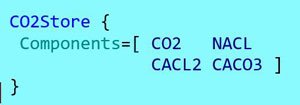
CO2 storage simulations can now be defined easily through the new CO2Store template node. Based on selected components, the template internally expands to a full PVT description including tuned equation of state parameters, component solubility in water, brine, and aqueous phase property models.
Multiscale sequential fully implicit (SFI) transport solver to speed up convergence, significantly improving performance!
The multiscale sequential fully implicit (SFI) solver has received improved heuristics to its transport solver to speed up convergence. In tested cases, an average speed increase of 30% was achieved, without any observed changes to results.

Smarter generation of solubility tables

Spycher and Pruess model can now be used to calculate the CO2 solubility in the aqueous phase for isothermal models, eliminating the tedious process of creating or editing imported solubility tables.


Additional features
The multiscale sequential fully implicit (SFI) solver has received improved heuristics to its transport solver to speed up convergence. In tested cases, an average speed increase of 30% was achieved, without any observed changes to results.


Intersect 2023 features
Water weakening
Water-weakening effects are a crucial modeling aspect of chalk reservoirs. A proven, empirical methodology to tackle this is now available through the Intersect high-resolution reservoir simulator.
The Intersect simulator now contains an empirical model to represent the water-weak characteristics of chalk reservoirs. Dependency on fluid saturation, porosity, and stress are all accounted for.

CO2 storage physics
Reservoir simulation of carbon storage operations requires the correct physics to be represented at the right resolution.
A wide range of end-to-end integrated storage workflows are now supported on the Petrel E&P software platform and in the Intersect simulator, aiming for the main trapping mechanisms in both saline aquifers and depleted reservoirs, and also including specialized physics such as solubility, diffusion, and thermal effects.
Rayleigh-Taylor gravitational instability
The Intersect simulator's capacity has been vastly expanded toCO2 workflows.
Machine learning enabled reservoir simulation
The Intersect simulator has an integrated machine learning framework, allowing the introduction of data-based intelligence into the modeling process. From new physics to faster computations, the possibilities are boundless.
The Intersect simulator now does better physics at a fraction of the computing cost. We have introduced an alternative phase-labeling method for better prediction of fluid behavior in the simulator, based on critical temperature estimation and enhanced by neural networks. This new feature also enables the creation of 3D saturation pressure reports..

Multiscale sequential fully implicit (SFI) simulation
Multiscale SFI is a novel methodology that enables increased performance and application of fit-for-purpose solvers to tackle challenging reservoir engineering problems.
The Intersect simulator presents the first commercial implementation of this type of formulation, enabling enhanced performance of heterogeneous, high-resolution models.

Decline curve modeling
You can now seamlessly generate decline curves and couple them with reservoir and network models, for faster integrated scenario evaluation.
A new decline curve modeling workflow is available. It can replace a reservoir model with a set of decline curves that simulate the individual performance of wells. Decline curves can be generated from a base reservoir simulation or provided externally, and then replace rigorous reservoir simulation.
The decline curves seamlessly interact with complex field management logic and can be used in coupling models in conjunction with multiple simulation and network models.
Decline curves perform orders of magnitude faster than a rigorous simulation, making them ideal tools for scenario evaluation and optimization.

Intersect 2022 features
Dedicated focus on usability
A step change in usability as well as alignment with Petrel Reservoir Engineering—all while maintaining full flexibility.
Numerous improvements have been made, including simplified inputs, fit-for-purpose reporting, enhanced field management workflows and a host of new interfaces that facilitate the use of reservoir modeling data.

Intersect full-GPU simulation
The Intersect high-resolution reservoir simulator now supports full-GPU black-oil reservoir simulation. Speed up your simulations and make better use of your hardware resources.
The key components of the Intersect simulator have been rewritten in GPU form. This includes a bespoke linear solver that outperforms previous implementations, and
provides dramatically faster routines for property calculation and linearization of equations.
The Intersect simulator provides the best price-performance in CPU or GPU platforms with the same user experience.
The GPU implementation of Intersect is a result of the combined expertise in the partnership between SLB, Chevron, and TotalEnergies.

Reservoir simulation of carbon storage operations requires the correct physics to be represented at the right resolution.
A wide range of end-to-end integrated storage workflows are now supported on the Petrel E&P software platform and in the Intersect simulator, aiming for the main trapping mechanisms in both saline aquifers and depleted reservoirs, and also including specialized physics such as solubility, diffusion, and thermal effects.
Intersect 2021 features
Chemical enhanced oil recovery
With the alkali modeling feature, the Intersect simulator now supports the full range of alkali-surfactant-polymer chemical enhanced oil recovery simulations. These features have been developed in the Intersect simulator, so our customers now have access to superior physics features.
The Intersect simulator can be used to model alkali, standalone, or combined with surfactant and polymer. This release covers two main alkali effects—a reduction in surfactant adsorption due to alkali concentration and the impact of alkali concentration on effective salinity.

Thermal
With four new key capabilities this year, the Intersect simulator has a stronger thermal simulation offering. These features enable accuracy in simulating co-solvent SAGD injections, providing better overall project economics estimating.
With a double logarithmic viscosity-mixing rule, two additional steam-trap well constraint formulations, pressure- and temperature-dependent component molar enthalpy, diffusion, and non-linear K-value interpolations, the Intersect simulation thermal capabilities have been optimized. Users now get faster, reliable, and accurate thermal operations results.

Full field management capabilities
Field management is a dedicated component in the INTERSECT simulator enabling complex asset operational logic via pre-defined schema that can be extended with Python capabilities. Throughout the 2021 releases, we have optimized the usability of these features.
With the introduction of operational templates and dynamic constraints, advanced operational logic gas-lift management, workover operations, and surface network debottlenecking can now be modeled in a simple and straightforward way.

CO2 Storage Physics
A machine learning (ML) framework is implemented in the Intersect simulator, allowing the introduction of data-based intelligence into reservoir simulation. From new physics to faster computations, the possibilities are limitless.
In the first of many workflows, we have introduced an alternative phase-labeling method for better prediction of fluid behavior in the simulation. It relies on critical temperature estimation, enhanced by neural networks. As a result, better physics can now be introduced in the simulator, at a fraction of the computing cost.

Machine learning enabled reservoir simulation
A machine learning (ML) framework is implemented in the Intersect simulator, allowing the introduction of data-based intelligence into reservoir simulation. From new physics to faster computations, the possibilities are limitless.
In the first of many workflows, we have introduced an alternative phase-labeling method for better prediction of fluid behavior in the simulation. It relies on critical temperature estimation, enhanced by neural networks. As a result, better physics can now be introduced in the simulator, at a fraction of the computing cost.

Intersect
-

Intersect simulator
New insights with high-resolution reservoir simulation.Enabling modeling at the scale you need.
-

Intersect EOR
Simulate a wide range of enhanced oil recovery methodsSimulate a wide range of enhanced oil recovery methods.
-
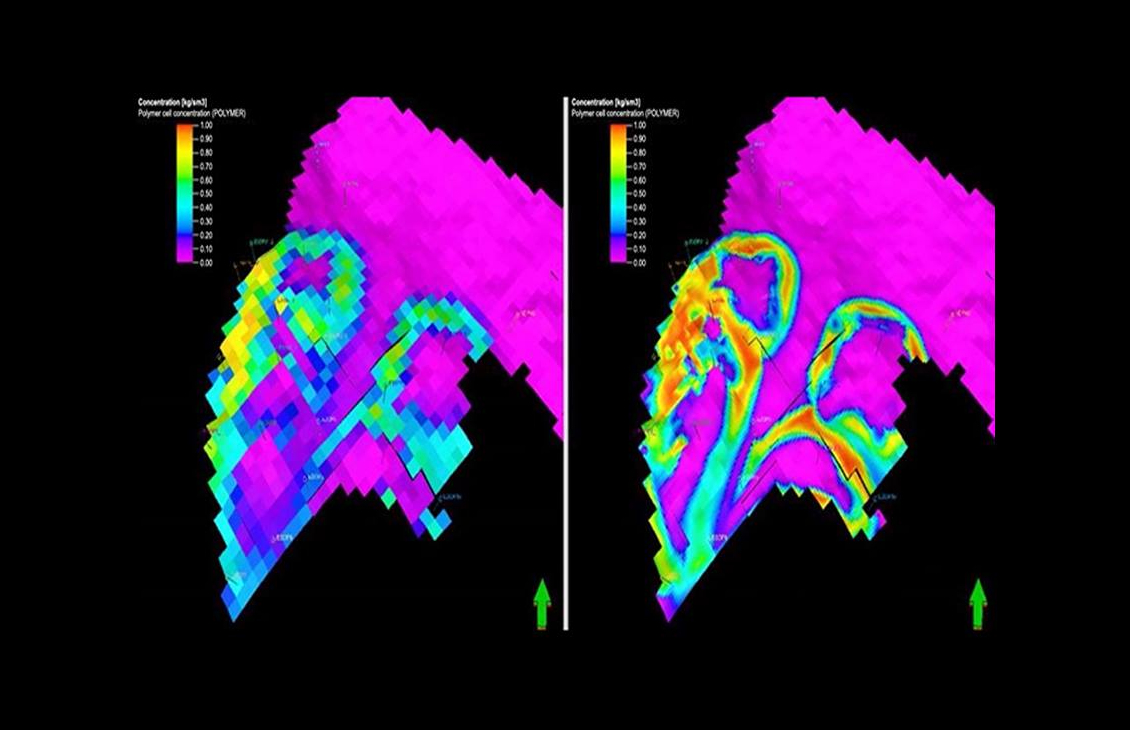
Intersect field management
Complex simulations for multiple scenariosComplex simulations for multiple scenarios.
-
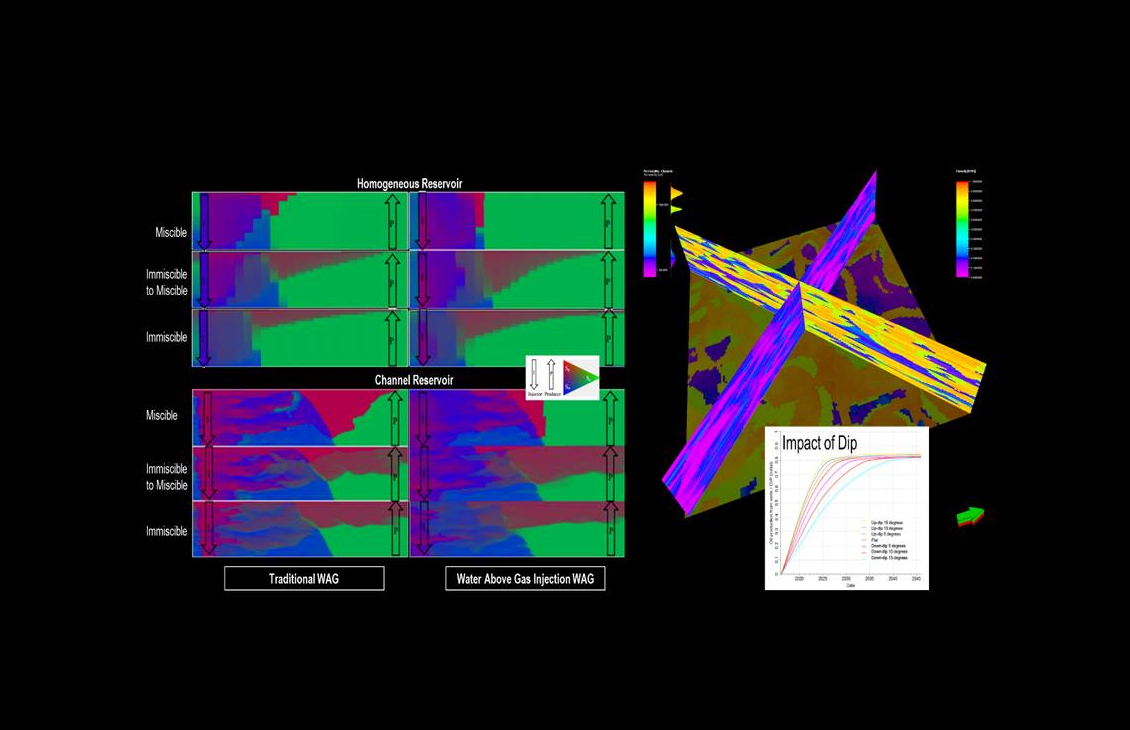
Intersect simulator & Petrel reservoir engineering
Integration of work processes and knowledge preservation for a shared vision of the subsurfaceIntegration of work processes and knowledge preservation for a shared vision of the subsurface.
-
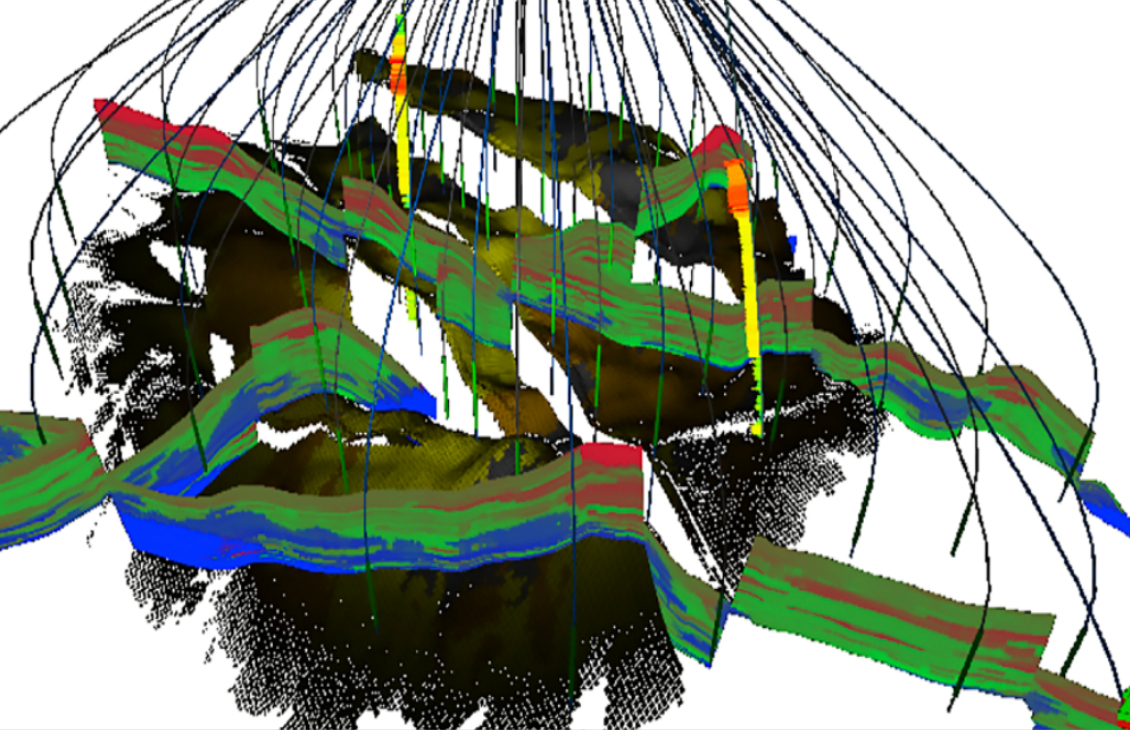
Intersect simulator deployment services
Ensure that you get the maximum value from the Intersect simulatorEnsure that you get the maximum value from the Intersect simulator.
-
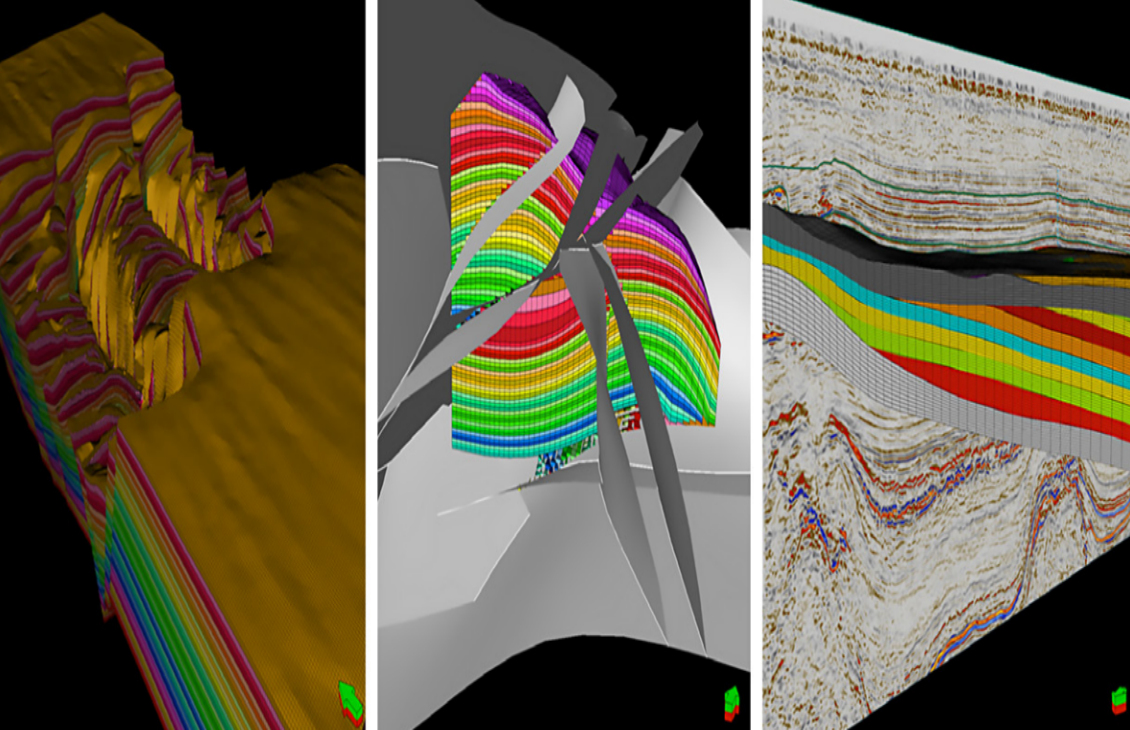
Intersect simulator performance & scalability
Key technology enabler for reservoir management and field development planningKey technology enabler for reservoir management and field development planning.
-
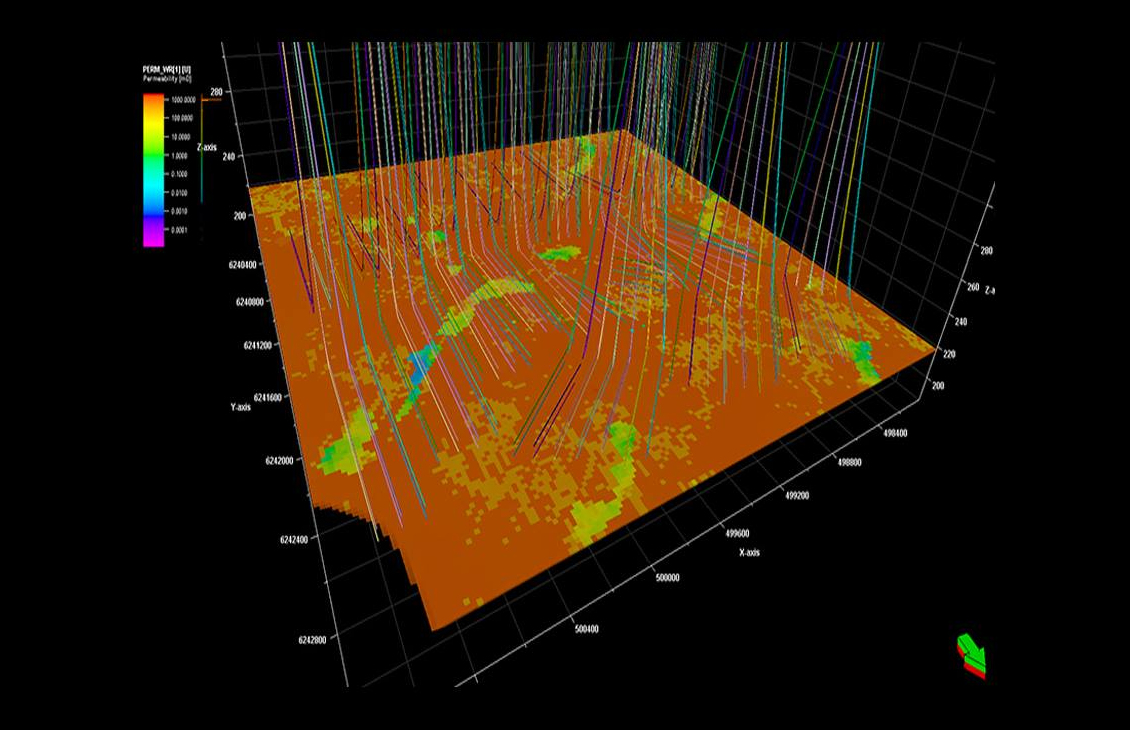
Intersect thermal
Simulate heavy oil reservoirs using a variety of thermal recovery processesSimulate heavy oil reservoirs using a variety of thermal recovery processes.
-

Intersect new features
Modeling at the scale you need with the physics you needModeling at the scale you need with the physics you need.
